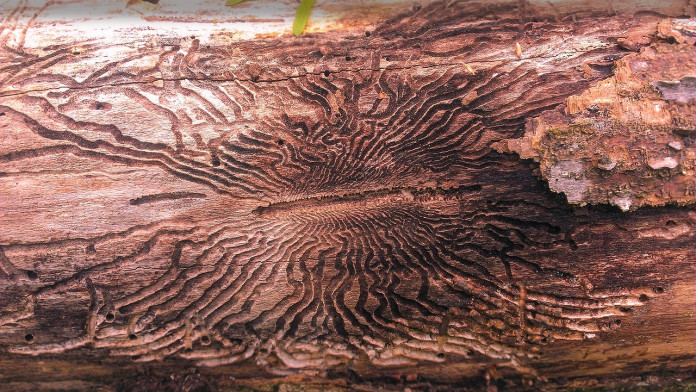LANSING, Mich. — For years, ash trees had been declining and dying in southeast Michigan for no apparent reason. Then in 2002, the Michigan Department of Agriculture discovered why — it was a small wood-boring beetle called emerald ash borer.
Soon after it was detected, the U.S. Department of Agriculture’s Plant Protection and Quarantine (PPQ) program sent PPQ and Forest Service scientists to China to look for the ash borer’s natural enemies in its native range.
They found three wasp species (parasitoids) attacking the emerald ash borer’s eggs and larvae and brought them back to study — hopeful that at least one species could be safely released as a biological control (biocontrol) against the pest.
Biocontrol is a practical pest management tool that uses pests’ natural enemies to suppress or reduce pest populations. It is cost-effective and environmentally sound, reduces the use of conventional pesticides, and is self-sustaining once biocontrol agents establish their populations.
Fast forward to 2021, and the program’s biological control staff rear four stingless wasp species that are natural enemies of the emerald ash borer. Three attack the larvae, and one attacks its eggs.
The staff produce the wasps year-round and keep them in cold storage until spring. In mid-May, the staff will begin to ship wasps to program cooperators — state departments of agriculture, Native American tribes, universities and environmental groups — for release.
Tetrastichus are comparable in size to an average mosquito. They hunt by feeling vibrations from larvae feeding under the bark. They use their ovipositor to pierce through the bark and lay multiple eggs inside the larvae. Their eggs hatch, feed and eventually kill the larvae as the wasps complete their lifecycle and bore out of the tree ready to attack emerald ash borer larvae.
Since the start of the biocontrol program, PPQ has released about 8 million wasps in 30 emerald ash borer-infested States. They have successfully recovered wasp offspring in 22 States, demonstrating that the wasps are reproducing, becoming established in the areas where they were released, and — more importantly — attacking and killing the emerald ash borer.










